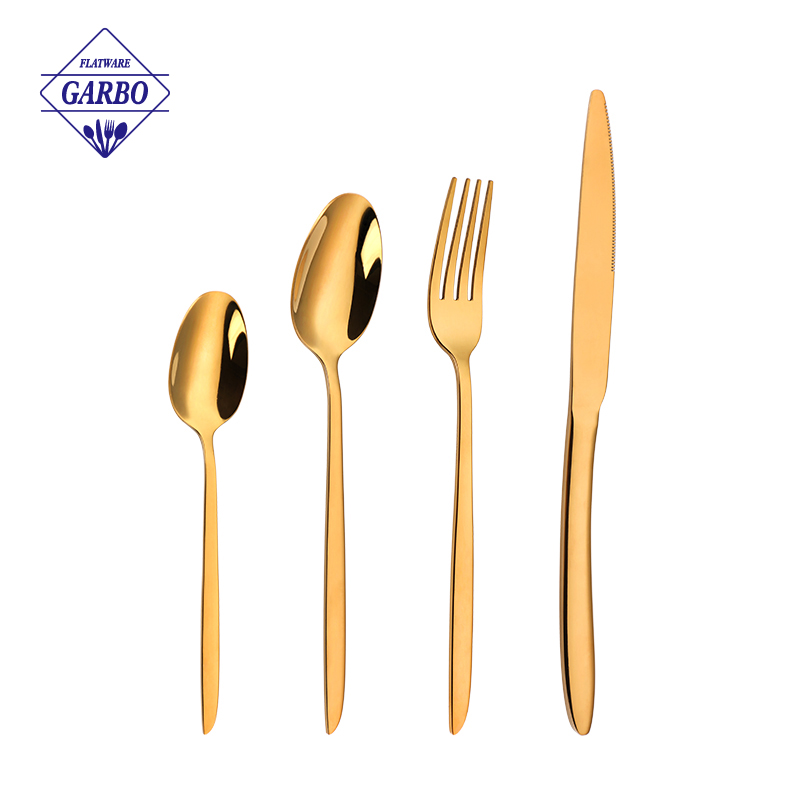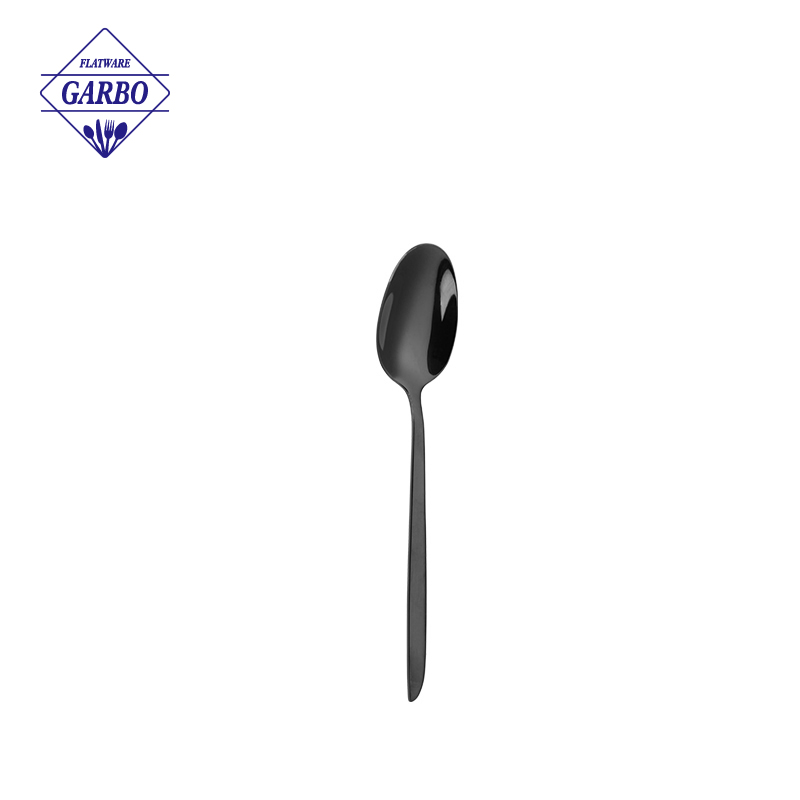Pulished on Oct. 18, 2024
In today's rapidly evolving manufacturing landscape, automation plays a pivotal role in enhancing efficiency, precision, and productivity. The cutlery and flatware manufacturing industry, known for its high standards of quality and craftsmanship, has seen significant advancements through the integration of automation. This shift not only improves output and cost-effectiveness but also aligns with the growing global demand for mass customization and sustainability.

Automation refers to the use of machines, robotics, and software systems to perform tasks that were traditionally done by humans. In the context of cutlery and flatware manufacturing, automation covers a wide range of processes, including:
Metal Forming and Shaping: Robots and CNC (Computer Numerical Control) machines are used to precisely cut, shape, and polish metals used in cutlery and flatware. Automation allows for consistent quality in producing knives, forks, spoons, and other utensils.
Stamping and Forging: Automated stamping presses and forging machines create uniformity in flatware pieces, ensuring consistent thickness, weight, and design. Automation reduces the risk of human error and increases production speed.
Finishing and Polishing: High-end cutlery and flatware require a polished finish, traditionally done by skilled artisans. Today, automated polishing machines can replicate this process at a faster rate while maintaining high-quality results.
Packaging: Automation also extends to the packaging process, where machines efficiently sort, package, and label cutlery sets for distribution.
According to a report by Markets and Markets, the global market for industrial automation was valued at approximately $19 billion in 2020, with a projected growth to $26 billion by 2024. The increasing adoption of automation in cutlery and flatware manufacturing is a significant driver of this growth, especially in regions such as Europe and North America, where demand for high-quality products and manufacturing efficiency remains strong.
A survey conducted by the International Federation of Robotics (IFR) indicated that nearly 75% of factories in the metal products industry have incorporated some level of robotic automation in their production lines. This adoption is evident in the flatware industry, where companies are increasingly turning to automation to remain competitive in global markets.
Increased Efficiency and Production Capacity
Automated systems allow factories to operate 24/7 with minimal human intervention. This leads to a significant increase in output. For instance, a fully automated production line can produce thousands of flatware pieces per day, a marked improvement over manual production.
Consistency and Quality Control
One of the main advantages of automation is the ability to maintain consistency in the quality of products. Machines and robots, with their precise programming, ensure that every piece of flatware meets exact design and weight specifications. This reduces material waste and the need for quality control rechecks.
Reduced Labor Costs
While automation requires a considerable initial investment, it leads to reduced long-term labor costs. With fewer workers required on the production floor, manufacturers can allocate resources to other areas, such as product development or customer service. This shift is particularly relevant in countries facing rising labor costs, such as the United States and Germany.
Customization Capabilities
Modern consumers are increasingly looking for personalized or customized cutlery sets. Automated systems enable factories to accommodate customization requests more easily. Using software, manufacturers can switch between designs, finishes, and materials quickly without disrupting the production process.
Safety and Sustainability
Automation reduces the need for human workers to engage in potentially dangerous tasks, such as working with hot metals or heavy machinery. Additionally, automated systems are more energy-efficient and can optimize material use, contributing to more sustainable manufacturing practices.

While automation brings numerous benefits, there are some challenges to its full-scale implementation:
High Initial Costs: Setting up an automated manufacturing line requires a substantial financial investment in equipment, software, and maintenance. Small to mid-sized manufacturers may struggle with these upfront costs, although long-term savings and increased output often justify the investment.
Skill Gap: As factories adopt more advanced technologies, the demand for highly skilled workers capable of operating and maintaining automated systems rises. There is a growing need for workers with expertise in robotics, programming, and engineering, which can create a skill gap in traditional manufacturing sectors.
Integration with Traditional Methods: In industries where craftsmanship is highly valued, such as premium cutlery production, fully automating every step may not be ideal. Some manufacturers choose a hybrid approach, where automation is combined with traditional hand-finishing techniques to retain the product's artisanal quality.
A well-known example of automation in the flatware industry is seen in companies like Oneida and Zwilling J.A. Henckels, which have integrated automated production lines to maintain their reputation for high-quality, durable flatware. Using advanced robotics for metal shaping, automated polishing stations, and quality control sensors, these companies have significantly reduced production time while ensuring top-tier quality.
In one case study, a factory producing stainless steel flatware reduced its production cycle time by 40% after implementing automated stamping and polishing machines. This allowed the company to double its output, lower operational costs by 25%, and reduce material waste by 15% due to more precise metal cutting and forming.
The role of automation in modern cutlery and flatware manufacturing is undeniable. By enhancing production efficiency, improving quality, and reducing costs, automation is driving the industry's growth and enabling manufacturers to meet the demands of an increasingly competitive global market. As technology continues to evolve, we can expect further innovations in automated processes that will shape the future of flatware and cutlery manufacturing. However, balancing automation with traditional craftsmanship will remain crucial, especially for premium, high-end brands that value artisanal quality.
Looking for Flatware Supplier?
OEM&ODM RequestRequest for Quotation?
Get Factory PriceAny Confusion?
Speak With SalesmanWe deliver the quality and value your flatware needs, on time and within budget.
Contact UsODM&OEM Service
Our flatware is certified by leading retailers including Walmart, Tesco, Costco, Lidl, Target, and METRO, ensuring the highest quality standards.
Experience seamless service from design to export with our one-stop solutions. Our team simplifying your export process and allowing you to focus on growing your business.
Choose from a range of eco-friendly and customized packaging options to suit your specific needs. Our packaging solutions are designed to protect your products while reducing environmental impact.
Our efficient supply chain ensures timely delivery of your custom cutlery, minimizing lead times and keeping your business operations running smoothly.
Comprehensive support & satisfaction guaranteed.